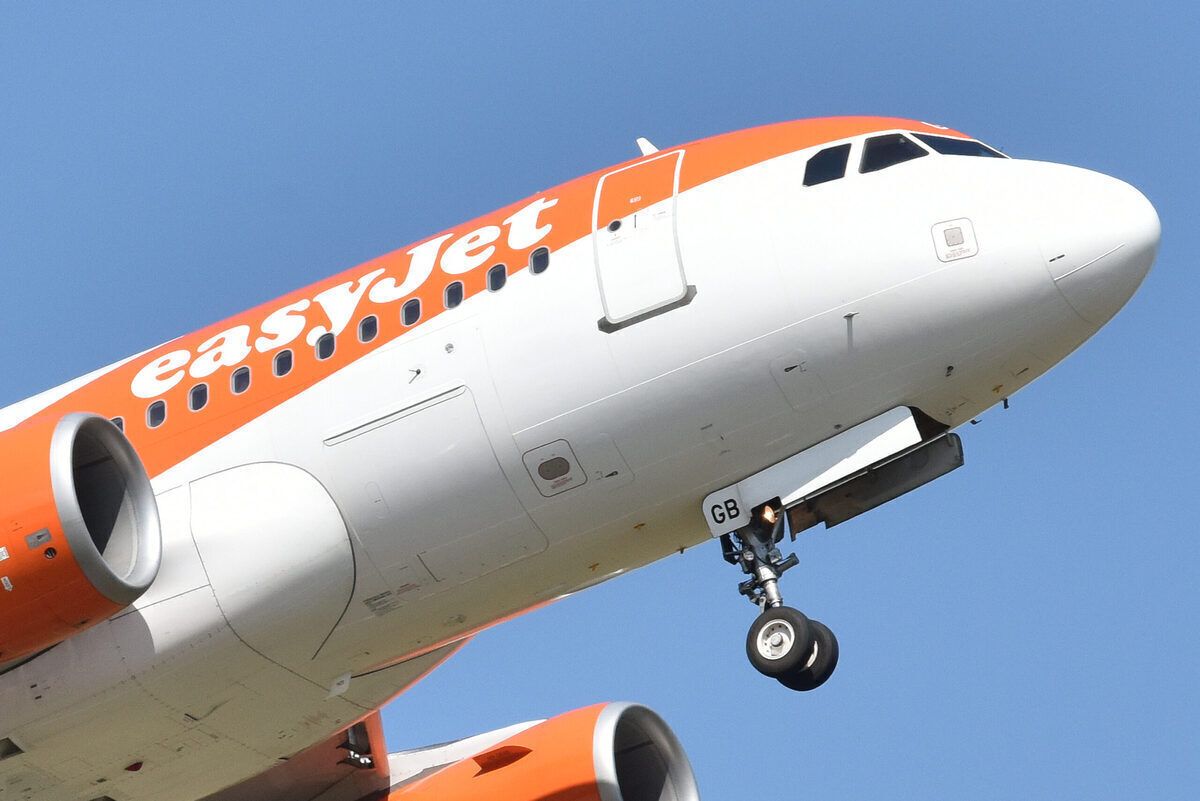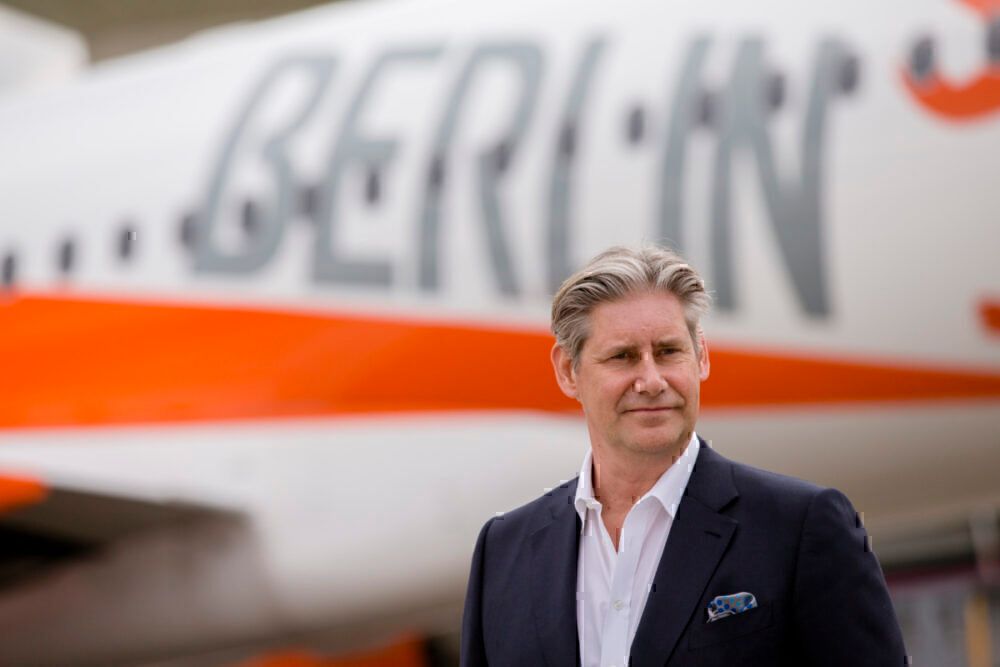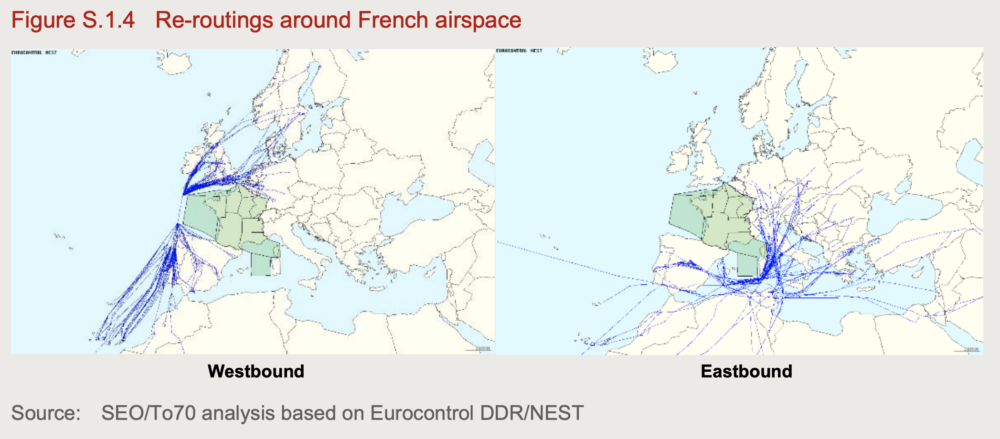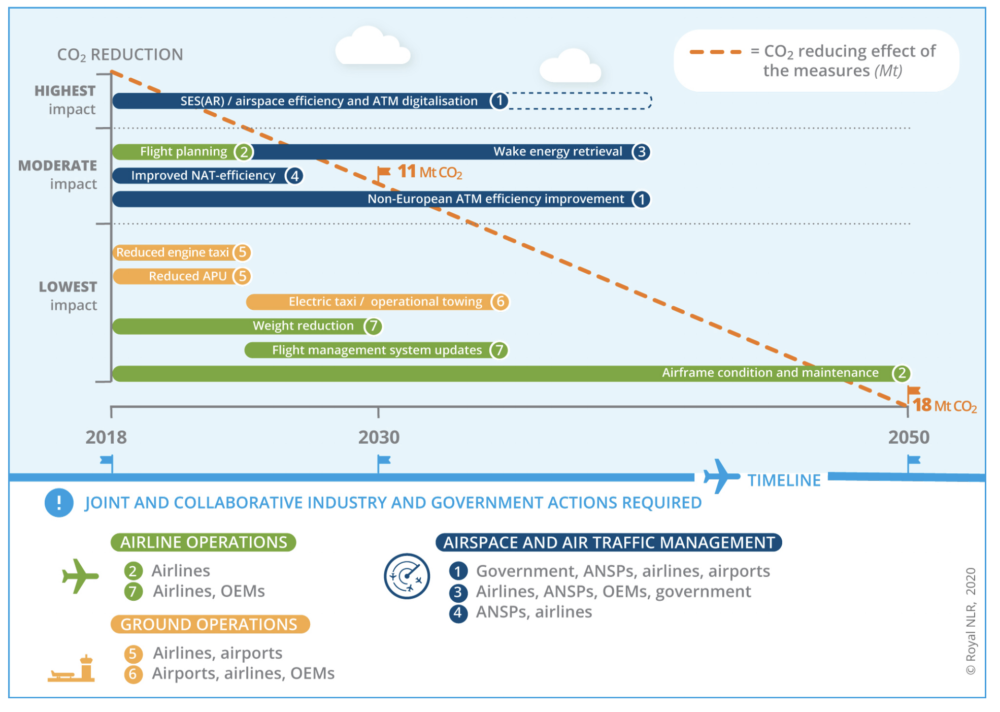The Single European Sky has been an issue that has rumbled on for more than two decades. With climate change the most pressing challenge facing Europe’s airlines, progress on this issue could see the goal of net zero by 2050 rapidly accelerated. Conservative estimates suggest the airspace change could lead to a 10% reduction in CO2 emissions. For low-cost easyJet, this could be more like 15%.
The importance of a Single European Sky
The transition towards net zero by 2050 could be rapidly accelerated through the implementation of one key piece of legislation. The Single European Sky would eliminate the invisible borders in the air above Europe, opening the airspace and removing the inefficiencies currently impacting every single flight that passes through this territory.
In doing so, European airlines would instantly see a significant impact on their carbon emissions. Speaking exclusively with Simple Flying, easyJet CEO Johan Lundgren noted the importance of a Single European Sky to easyJet alone. He said,
“We can get there, but it involves a number of things, including some things that sit outside our control. The introduction of the Single European Sky, as an example. We know that if that was introduced today, at easyJet, just on our network, we would see a reduction of carbon emissions of 15% … This is a political decision that can take place right now.”
Lundgren’s comments were an echo of those of Willie Walsh at IATA’s Media Days event last month. The new Director General spoke vehemently about the lack of progress on this issue, saying,
“We see this quite frankly as a scandal … We need politicians to step up and address this issue. This is not a technology issue. This is a lack of political will to address it. It's well documented on a conservative basis that CO2 from operations in Europe, aviation in Europe, could be reduced by 10%.”
Walsh noted that there is no technological impediment to pushing through this change. Indeed, airlines in Europe have already invested in the technology onboard to effectively operate in a Single European Sky.
The lack of progress on this issue, which has been kicked around for more than two decades, has received widespread criticism from airline bosses from all corners of the industry. Ryanair CEO Michael O’Leary commented at a recent Eurocontrol HardTalk session,
“It’s one of the great failures of the European Union that a Single European Sky has gone nowhere in 20 years. It’s just a talking shop.”
Stay informed: Sign up for our daily and weekly aviation news digests.
Commitment from policymakers needed
While frustration remains over the lack of progress on the Single European Sky, there is much to be proud of in terms of aviation’s commitment to a sustainable future. As chair of Airlines 4 Europe (A4E), Lungren has been heavily involved in the development of the ‘Destination 2050’ plan. This outlines the steps required for aviation to meet its 2050, in line with the Paris Agreement. Lungren said,
“Destination 2050 is something we all should be immensely proud of. This is the first time that a group of airlines in any continent on this planet has actually come together to commit itself to net zero by 2050. And this is not a document that was just made by the airlines. This is academic research.”
Destination 2050 has provided a framework that really outlines how the aviation industry can get from where it is now to where it needs to be. Now, the stakeholders need to affix a timeline to that framework to commit to making the right changes at the right time. For that, they need not only a commitment from the industry, but also from the policymakers and decision-makers that influence the industry.
Nevertheless, Lundgren remains positive that the goal will be reached. He said,
“It won't happen unless the support and engagement is there from everyone in this industry, and also the people who affect this industry. But I am optimistic because I think everybody has set themselves up to say that this is something that we will manage and we will get through. And when we do that, we know we can make it work.”
The airline industry has taken the first step to creating a roadmap towards a lower carbon future. But to achieve the goals outlined in that roadmap, it needs political support too. Taxation is the stick that is used to beat airlines towards carbon compliance, but unless the income from this is used to subsidize new technologies and infrastructure, it is a stick with no purpose.
What the industry needs now is fewer sticks and more carrots. Every airline under the A4E umbrella has committed to a more sustainable future already – no more beatings are required. Now, politicians need to put their money where their mouth is and start incentivizing R&D, subsidizing businesses that are investing in the right decisions, and making this behemoth of a transition as seamless as possible.





